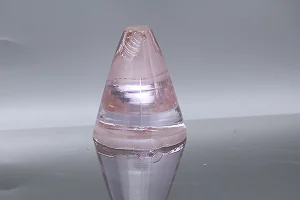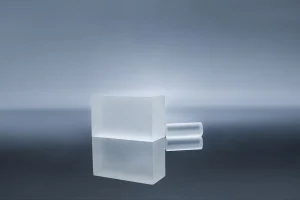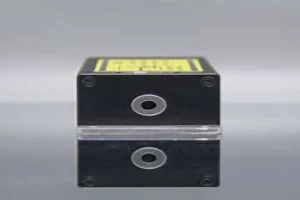Introduction
Ruby vs Alexandrite in the technological landscape, lasers stand as an indispensable innovation, transforming various sectors from medicine to industrial applications. Central to laser operations are the laser crystals – Ruby and Alexandrite, each boasting unique features and capabilities. This comprehensive analysis dives deep into the comparison of these two dominant laser crystal technologies.
Understanding Laser Crystals: The Fundamentals
Laser crystals are the heart of laser systems. They serve as the amplifying medium, where the energy of the laser is generated. Ruby and Alexandrite are two commonly used laser crystals, each having its own distinct characteristics and applications.
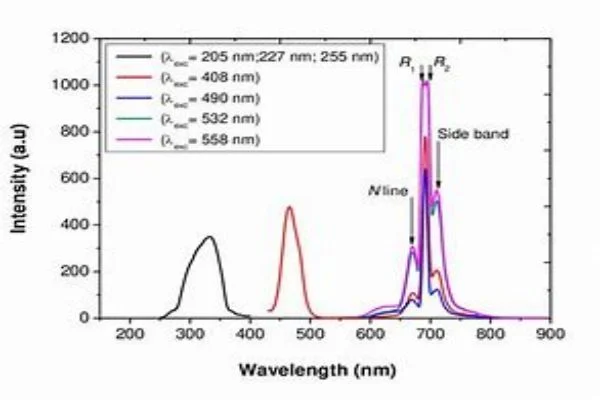
Ruby Laser Crystals: Characteristics and Applications
First developed in 1960, Ruby lasers employ synthetic ruby crystals as their gain medium. The ruby crystal, essentially aluminum oxide with chromium impurities, Ruby Laser Crystals, the pioneer of solid-state lasers, owe their functionality to synthetic ruby, which is aluminum oxide infused with chromium impurities.
The core characteristics of these crystals lie in their emission of red light at a specific wavelength of 694.3 nm, marking them as distinct in the realm of laser technologies. The applications of Ruby Laser Crystals span across various domains, including medical and industrial sectors.
These crystals produce short, high-intensity pulses of light, making them ideal for processes that require a concentrated burst of energy such as photocoagulation in medical treatments and precise material processing in industrial applications. The versatility and performance of Ruby Laser Crystals have affirmed their position as an enduring choice in the world of laser technologies.
Performance and Usage of Ruby Lasers
Ruby lasers produce energy in short, high-intensity pulses, making them ideal for certain medical procedures and industrial applications.
Their unique emission properties allow for effective photocoagulation in medical settings and efficient material processing in industries. In terms of performance, Ruby lasers display unique characteristics by generating short, high-intensity pulses of energy.
This allows them to achieve remarkable precision and power concentration within a very short span of time, leading to less thermal damage to surrounding areas in applications. Their use is extensive in the medical sector, particularly in ophthalmology for retinal photocoagulation, and in dermatology for tattoo removal, where their specific wavelength and pulse characteristics are highly effective.
In the industrial sector, Ruby lasers have found application in processes such as drilling, cutting, and welding, especially for materials that require a high-energy, quick pulse to minimize thermal spread. The unique performance characteristics and versatility of Ruby lasers make them a cornerstone in laser technology.
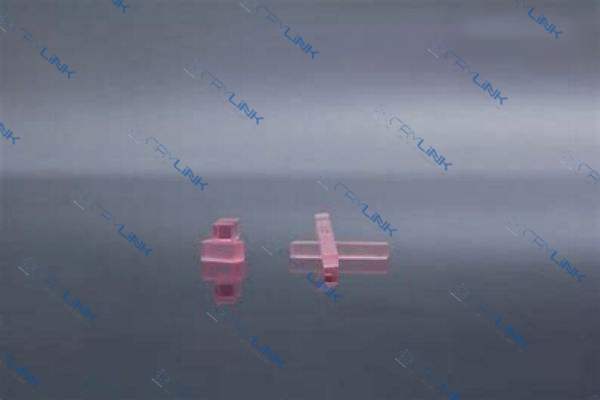
Alexandrite Laser Crystals: Characteristics and Applications
Alexandrite Laser Crystals, a variant of the chrysoberyl family, stand as a versatile tool in the laser technology arena. These crystals radiate near-infrared light, with a tunable wavelength spectrum ranging from 720 to 820 nm, offering a broader operational range than their Ruby counterparts.
This tunability brings about a versatility that sees Alexandrite lasers efficiently adapted to diverse applications. In the medical field, Alexandrite lasers are used for hair removal and treating vascular lesions, due to their longer pulse duration and deeper penetration into the skin. Additionally, their high power and rapid repetition rate make them a favored choice for industrial applications like micromachining and laser marking, where precision and speed are key.
The adaptive characteristics and extensive applicability of Alexandrite Laser Crystals illustrate their significant role in advancing laser technology.
Performance and Usage of Alexandrite Lasers
The performance of Alexandrite lasers is characterized by a longer pulse duration and a wider tunable wavelength range when compared to Ruby lasers.
This unique performance trait allows them to penetrate deeper into the skin, making them highly effective for certain dermatological procedures. In medical applications, Alexandrite lasers are often used for hair removal and treating vascular lesions, where their wavelength and penetration depth work synergistically to target deeper skin structures while minimizing damage to the skin surface.
Beyond the realm of medical treatments, Alexandrite lasers demonstrate excellent performance in industrial applications, with their high power and rapid repetition rates making them ideal for precision micromachining and laser marking.
In these settings, Alexandrite lasers enable high-speed, accurate work, meeting the demanding requirements of modern manufacturing processes. Their high power output also opens possibilities in scientific applications like LIDAR and nonlinear optics. The performance and varied usage of Alexandrite lasers highlight their crucial role in current laser technology applications.
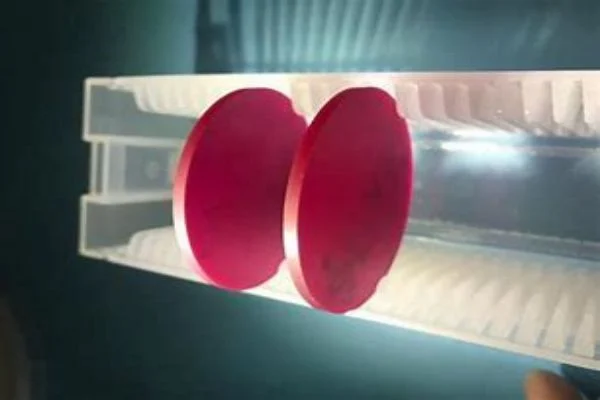
Delving into Emission Wavelengths, Pulse Durations, and Energy Levels
Understanding the specifics of emission wavelengths, pulse durations, and energy levels aids in discerning the practical implications of Ruby and Alexandrite laser crystals.
Emission Wavelengths: Ruby vs Alexandrite
While Ruby lasers emit at a single wavelength of 694.3 nm, Alexandrite lasers offer a broader tunable range, between 720 and 820 nm. This tunability provides Alexandrite lasers with added flexibility, accommodating a wide range of applications.
Pulse Durations and Energy Levels: A Comparative Analysis
Pulse duration refers to the time period that the laser remains ‘on’ during each cycle. Ruby lasers produce short, intense pulses of light, while Alexandrite lasers yield longer pulse durations, making them more effective in treatments requiring deeper penetration.
Regarding energy levels, both lasers generate high-energy pulses. However, due to their longer pulse durations and broader wavelength range, Alexandrite lasers can deliver higher energy, which is often needed in various industrial applications.
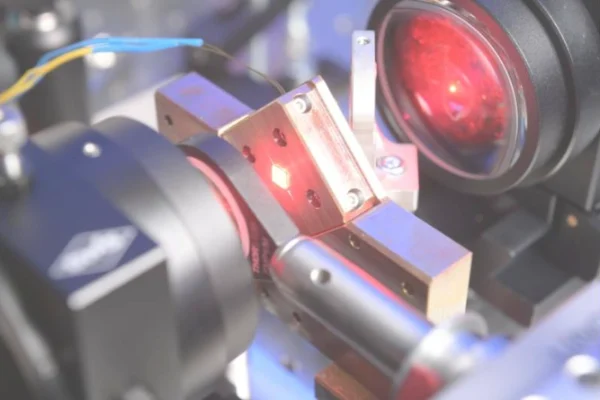
Unique Features of Ruby and Alexandrite Laser Crystals
Unveiling Ruby Laser Crystals
Diving deeper into Ruby Laser Crystals, one of the defining features of this laser technology is its unique ability to deliver high-intensity pulses of light.
This is due to the chromium impurities in the crystal lattice structure, which, when excited, release powerful bursts of energy in the form of light. Moreover, the emission of light at the specific wavelength of 694.3 nm, known as the Ruby fluorescence line, sets Ruby lasers apart.
This attribute makes them particularly effective for applications that necessitate a powerful, concentrated burst of energy. For instance, in industrial settings, Ruby lasers have been used to drill diamonds, given their capacity to deliver high-intensity energy bursts with precision. Similarly, in the medical field, their high-energy pulses are utilized for photocoagulation, where they can coagulate tissue without causing significant thermal damage to surrounding areas.
Ruby Laser Crystals’ ability to generate intense light pulses truly underlines their unique and significant contribution to laser technology.
Unveiling Alexandrite Laser Crystals
Delving further into Alexandrite Laser Crystals, it’s their broad tunable wavelength range and longer pulse duration that sets them apart in the field of laser technology.
The synthetic Alexandrite crystal has the remarkable capacity to emit light across a wide spectrum, from 720 to 820 nm, allowing a degree of tunability that most other laser crystals can’t match. This range of wavelengths provides the flexibility necessary for various applications, from medical treatments to industrial processes.
Furthermore, the longer pulse duration associated with Alexandrite lasers allows energy to be delivered over a more extended period, leading to deeper penetration.
This makes Alexandrite lasers particularly effective in medical procedures such as hair removal or treatment of vascular lesions, where deeper penetration can lead to more effective results. Also, in industrial applications such as micromachining, the tunability, and high power of Alexandrite lasers enable high precision work.
The versatility of Alexandrite Laser Crystals, rooted in their tunable wavelength and longer pulse duration, makes them a key player in laser technology applications.
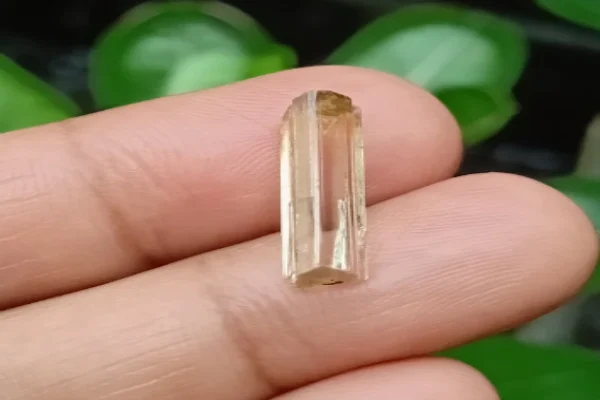
Ruby and Alexandrite Laser Crystals: Suitability for Various Applications
Ruby and Alexandrite laser crystals find extensive applications across medical, industrial, and scientific sectors, owing to their unique properties.
Medical Applications
In the medical sphere, Ruby lasers have seen success in photocoagulation procedures and tattoo removal, while Alexandrite lasers excel in hair removal and treating vascular lesions due to their deeper penetration abilities.
Industrial Applications
In industrial settings, the high-energy pulses from Ruby lasers serve well for material processing, including welding and drilling. Alexandrite lasers, with their high power and rapid repetition rates, are advantageous for precision micromachining and marking.
Scientific Applications
In scientific research, both Ruby and Alexandrite lasers contribute significantly. The high-intensity pulses of Ruby lasers are ideal for holography and spectroscopy. Alexandrite lasers, with their tunable wavelength and high power, are pivotal in atmospheric research and LIDAR applications.
Conclusion
In the face-off between Ruby and Alexandrite laser crystals, the choice of the right technology hinges on the specific application. While Ruby’s high-intensity pulses make it suitable for specific medical and industrial tasks, Alexandrite’s tunability, deep penetration, and high power offer a broader range of applications. It is the understanding of these key differences that allows for the optimized use of these remarkable laser crystal technologies.
Frequently Asked Questions
- What is the main difference between Ruby and Alexandrite laser crystals? Ruby laser crystals emit a red light at a wavelength of 694.3 nm, while Alexandrite lasers emit near-infrared light, with a tunable wavelength range between 720 and 820 nm.
- What are the unique features of Ruby lasers? Ruby lasers are known for their ability to deliver high-intensity pulses of light, making them ideal for applications requiring a powerful burst of energy.
- What makes Alexandrite lasers stand out? Alexandrite lasers are recognized for their broad tunable wavelength range and longer pulse durations, allowing for deep penetration and high power.
- What are the main applications of Ruby and Alexandrite lasers? Ruby lasers are typically used in photocoagulation procedures and industrial material processing. Alexandrite lasers are often used for hair removal, treating vascular lesions, and in various industrial applications such as micromachining and marking.
- Can the choice between Ruby and Alexandrite lasers affect the outcome of a procedure? Yes, the choice between Ruby and Alexandrite lasers can significantly influence the procedure’s outcome as each laser technology has unique properties and capabilities, making them more suitable for certain applications.


